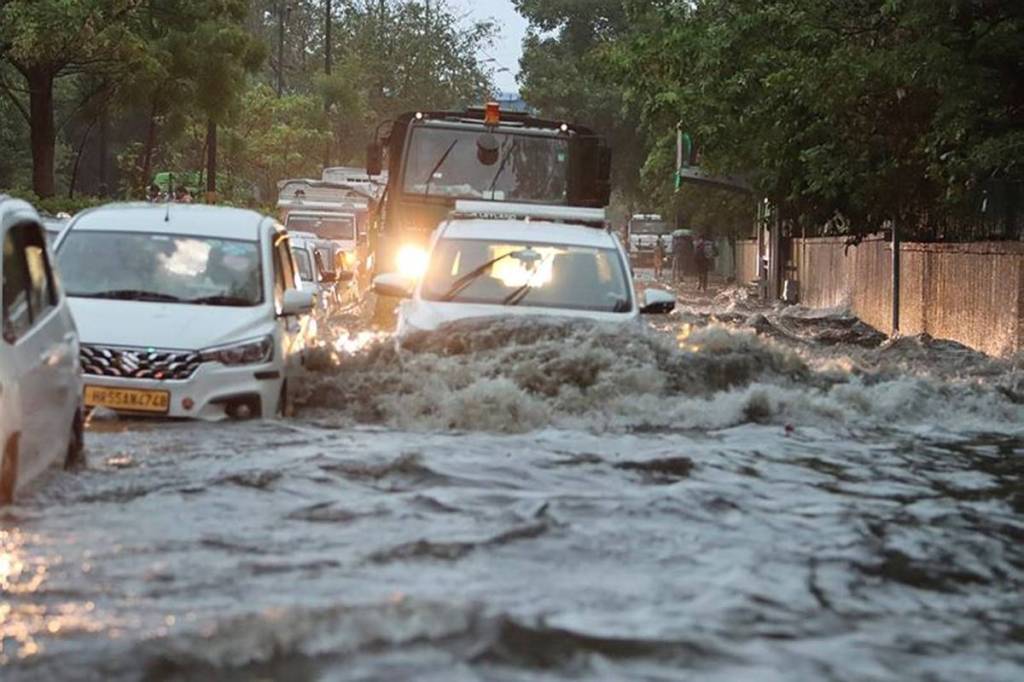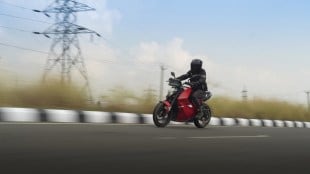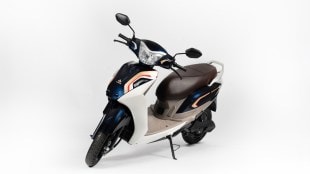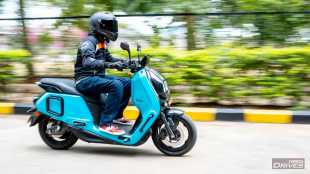Pre-monsoon showers have brought some much needed relief to people across many parts of the country in the last few days after three months of the unbearable heat during the scorching summer. However, the rains bring new challenges, especially for people getting out of their homes for daily errands like work, grocery shopping, medical check ups, etc.
The waterlogged roads in major urban centres of the country, especially the Metros and Tier-1 cities make it a menace for commuters and drivers. In this article, we list out 5 tips on how to drive through flooded or waterlogged roads safely without causing any damage to the vehicle.
1. Avoid areas with large pool of standing water
In general, avoid driving through water-clogged roads where the water lever is higher than the lowest part of the car’s bodywork, i.e., the bottom of the front bumper or the sills beneath the doors. Most of the cars can’t wade through high levels of water which can clog the exhaust and seep through the radiator to reach the engine. Avoid underpasses since water remains stagnant after heavy rainfall.
2. Keep moving slowly
If you come across a pool of water, always keep the vehicle in motion and avoid stalling in the middle of the pool, which may give a chance for the water to enter into the internals. You should also avoid accelerating or braking excessively hard as it could lead the car to stall. Always drive in lower gears, i.e., 1st or 2nd gear.
3. Do not restart, if engine is stalled
If unfortunately you find yourself stranded in the middle of a pool of water with the engine stalled, it is best not to restart the engine. The connecting rods are put under excessive pressure and could easily break when restarting due to pressure exerted by water. Additionally, if rainwater has reached the motor via the intake or emissions, it might seriously harm the engine and cost a lot of money to repair.
The best solution is to get out and push out the vehicle to an area that is not flooded. Once you are sure that water has trickled out of the exhaust and other internals, it is safe to restart the car.
4. Don’t panic, stay calm
If the car goes into water far beyond its capacity, the pressure exerted by the standing water may prevent the door from opening. In case the door is stuck, one mustn’t panic and stay calm. The first step to remember is to roll down the windows and get out before the water gets too deep. If it’s not possible, they find some sharp or heavy object in order to smash the window pane.
5. Use brakes once vehicle is out of danger area
Once the vehicle is out of the flood water, apply your brakes to clear moisture from them, and ensure they work effectively before you actually need to use them. Water build-up can cause the brakes to fail and can eventually create a dangerous driving situation. By getting out the excess water, it will allow the car to move smoothly and respond quickly to commands by the driver.




















